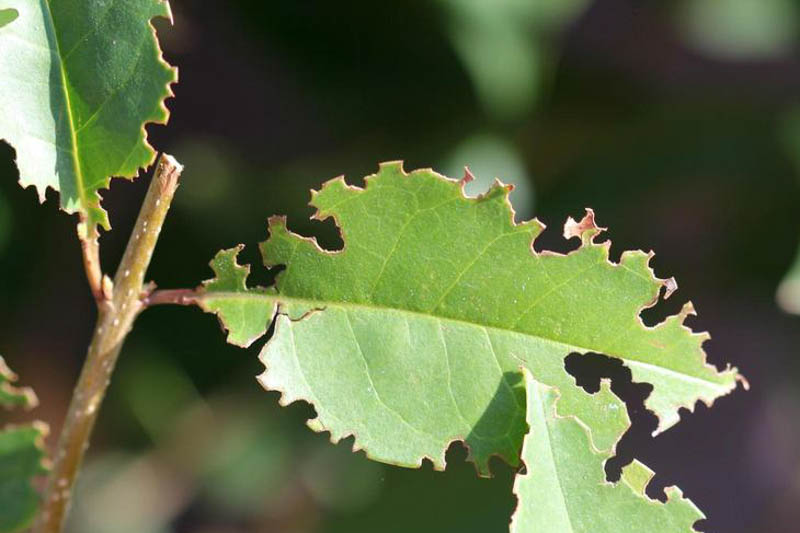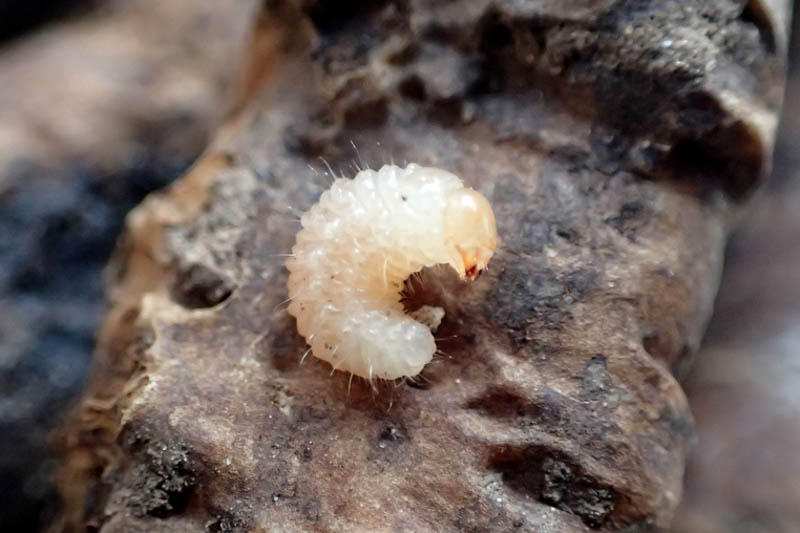Root weevils are a persistent problem that requires a multi-pronged approach for effective management.
Root weevils are a type of insect pest belonging to the family Curculionidae. These beetles are mainly known for their root-feeding larvae and foliage-feeding adults. They affect a wide variety of host plants and are a common nuisance in both agricultural and ornamental settings. Root weevils are also occasional nuisance pests indoors.
Root weevils have a broad host range, including shrubs, trees, and various crops. Some common host plants are:
Root weevils are prevalent pests across North America, but interestingly, all 17 species found on the continent are non-native. They were introduced from different parts of Europe, Northern Africa, and Northern Asia.
Adult root weevils are small, ranging from 1/8 to 3/8 inches long, and are typically dark brown or black. They have a distinct snout and are wingless or have underdeveloped wings, making them unable to fly.
The larvae are legless, grub-like, and cream-colored with pale orange-brown heads, usually feeding underground on plant roots.
Root weevils are flightless insects that are active at night. During daylight hours, they hide around the base of their host plants, often under some form of cover. They become active roughly an hour after sunset, climbing onto plants to feed on leaves and creating their distinctive angular notches. If they feel threatened, they’ll drop from the plant and feign death as a defense mechanism.
Root weevils have a one-year life cycle. In most cases, larvae overwinter in soil, feeding on roots whenever temperatures permit.
From late winter to early spring, the larvae finish their development and enter the pupal stage, which also occurs in the soil. The majority of adult root weevils appear from mid-spring to late spring. Some species, like the black vine weevil and strawberry root weevil, consist only of females and reproduce asexually. In contrast, others, such as the lilac root weevil, have both male and female populations.
Adult root weevils usually have a lifespan of a couple of months, although some can persist into the fall season. Females typically lay their eggs in late spring and early summer, depositing them into cracks in the soil. Within a few days of being laid, the eggs hatch, and the emerging larvae make their way to plant roots to feed.
 |
 |
Root weevils can cause significant harm to plants, affecting both the roots and the foliage. The damage can be categorized as follows:
Detecting root weevils involves both visual inspection and understanding their behavioral patterns:
By staying vigilant and regularly inspecting your plants for these signs, you can detect root weevils early, which is crucial for effective management and control.
By integrating several of these methods, you can create a more comprehensive and effective root weevil management plan.
Create a membership account to save your garden designs and to view them on any device.
Becoming a contributing member of Gardenia is easy and can be done in just a few minutes. If you provide us with your name, email address and the payment of a modest $25 annual membership fee, you will become a full member, enabling you to design and save up to 25 of your garden design ideas.
Join now and start creating your dream garden!
Create a membership account to save your garden designs and to view them on any device.
Becoming a contributing member of Gardenia is easy and can be done in just a few minutes. If you provide us with your name, email address and the payment of a modest $25 annual membership fee, you will become a full member, enabling you to design and save up to 25 of your garden design ideas.
Join now and start creating your dream garden!